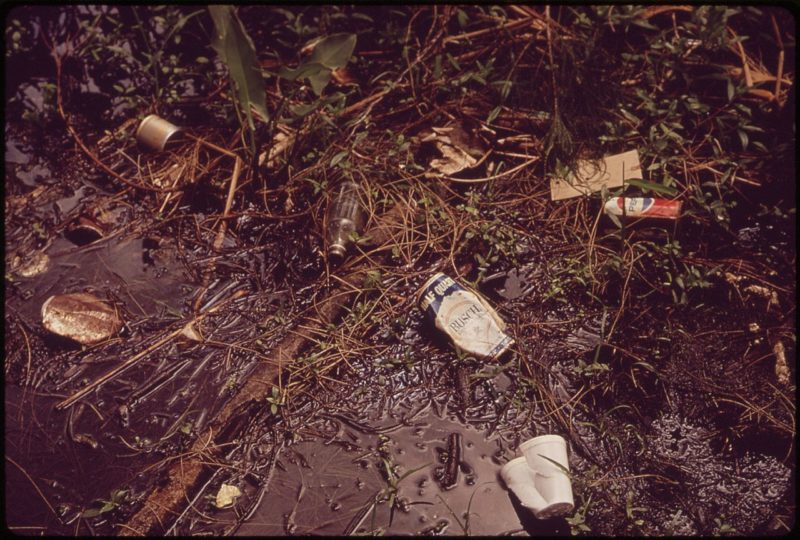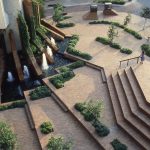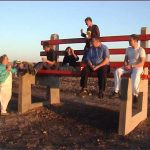
We may feel comfortable in a nice park, or a city plaza, but does this really affect our “community engagement?”
The Center for Active Design (CfAD) offers a study that says “yes.”
CfAD states that their Assembly Civic Engagement Survey is the first study to examine specific community design features that influence civic life, using large-sample survey methods and visual experiments.

Their innovative study of 5,000 people nationwide inquired about respondents’ civic perceptions and behaviors, as well as design elements and maintenance conditions within their communities. Here is what they found.
- People living near popular parks report greater community connection and greater satisfaction with local government. They are 14% more likely to report satisfaction with police and 13% more likely to report satisfaction with the mayor.
- Litter is associated with depleted civic trust. People who report litter to be “very common” in their neighborhood exhibit reduced civic trust across a number of measures, including 10% lower community pride and 10% lower likelihood of believing that community members care about one another.
- Vacant lots present a challenge, and an opportunity. A photo experiment indicates that even moderate clean-up of a vacant lot can significantly enhance measures of civic trust—including a 13% increase in the belief that people care about their community.
I like how we have some important blog posts which elaborate on these perceptions and actions, ranging from:
- Charlotte’s Neighborhood Matching Grant program for projects such as community gardens, neighborhood watches or playgrounds, to
- changes in a Charleston neighborhood which could displace current residents – one neighborhood leader notes: “Right now we’re looking to mold that growth and shape it in a way that’s really inclusive. That’s where creative placemaking and community engagement come in,” to
- A revitalizing neighborhood in Greensboro, which includes space in the backyard of Mustard Seed Community Health’s property for raised garden beds, planted by New Hope Community Development Group.

What do you think? What are the roles of citizen volunteers, city parks employees, and designers in supporting civic trust through public space design, cleanliness and orderliness?